Introduction
“It wasn’t the big crisis, it was 15 little things by 3 p.m.”
That’s microstress in a nutshell: mini‑stressors that, over time, punch far above their weight.
In a world buzzing with emails, traffic, expectations, and tiny interruptions, we often overlook how small stressors—minor annoyances, inconveniences, and micro-worries—can quietly chip away at our mental resilience. Welcome to the world of microstressors.
Read More- Main Character Syndrome
What Are Microstressors?
Microstressors, also known as “daily hassles,” are everyday irritations: a long line at the coffee shop, a notification ping during deep focus, a gum stuck in your shoe. Though each seems trivial, psychologists have found their cumulative impact rivals major stress events like divorce or job loss.
Studies show microstressors are stronger predictors of burnout than big one-off stressors. McEwen (1998) and Bakker & Costa (2014) conclude that every ignored ping, traffic jam, or tech glitch quietly chips away at our mental and emotional health.
Daily Stressors vs. Cumulative Stress
A 2023 national study (N = 2,022; age 56 average) found that daily stressors increased physical symptoms—even more so in people with high cumulative stress from multiple life domains. That means if you’re already worn down, a minor annoyance becomes a major setback.

Almeida et al. also show that stress pile-up—multiple stressor days in a row—compounds negative moods and symptoms. It’s not just the event, but the stacking of them—like sand in a jar, level after level.
Mental and Emotional Wear
Chronic microstress leads to:
- Anxiety, low mood, irritability
- Depleted cognitive capacity: trouble thinking clearly, memory glitches
- Burnout: cynicism, exhaustion, reduced efficacy
Parents of chronically ill children reported that micro- (not macro-) stressors predicted distress—but strong internal control and support systems helped buffer it.
Physical and Neurological Impact
Your brain and body respond just as they would to big stress—but more frequently:
- Cortisol spikes, raising blood pressure, impairing immunity, disturbing sleep
- Neurotransmitter shifts: GABA, dopamine, norepinephrine, and serotonin become imbalanced, fuelling anxiety, low motivation, impulse control issues
- Brain structure changes: repeated stress may shrink areas like the hippocampus over time
These are not theoretical; they’re the brain rewiring in real time—driven by dozens of tiny, daily micro-assaults.
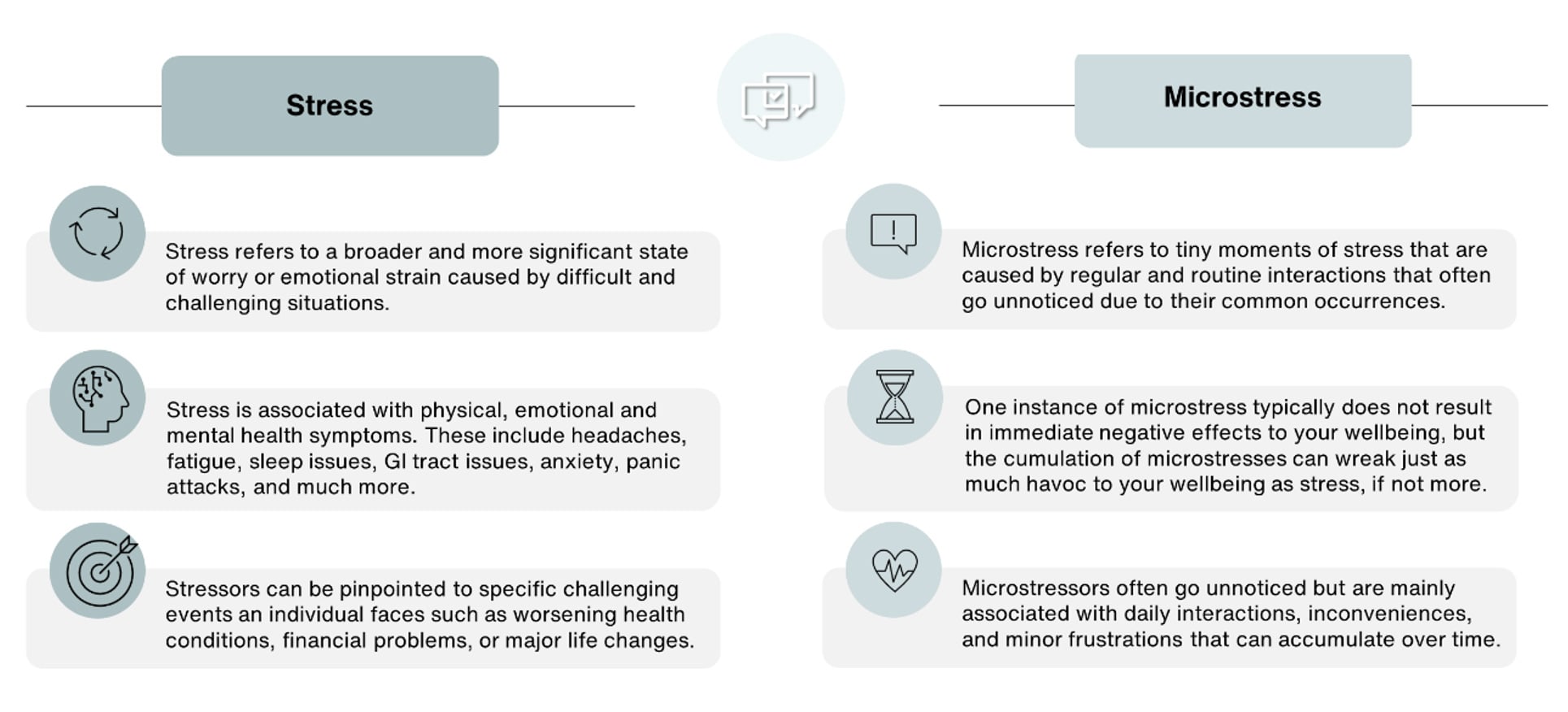
Managing Microstressors
Here are fun and effective tools to break the cycle:
1. Awareness & Tracking
- Log microstressors via notebook, app, or post-its.
- Classify them (capacity/emotion/identity).
- Notice patterns: To identify triggers, you must first make them visible.
2. Daily Mini-Resets
- 5‑minute breaks: walk, breathe, stretch.
- Wearable check-ins: devices like Fitbit can sense stress spikes and prompt reset—studies show users reduced stress frequency after logging stressors and reflecting weekly.
- Pause & label: “I’m annoyed because X happened”—just naming it lowers its emotional sting.
3. Social Support Habits
Psychology Today highlights 7 relationship-types that help buffer stress: perspective-givers, humor-spreaders, empathy anchors, and more.
- Make a micro‑SOS list: who helps you recalibrate in a flash?
- Set calendar check-ins or pep-message routines.
4. Systems & Boundaries
- Batch messages: turn off notifications during deep work.
- Set expectations: define “focus” and “buffer” zones with collaborators.
- Chunk tasks: work 50–90 min, then take a reset—breaks improve concentration and health .
- Anchor routines: morning rituals, micro-break rituals (e.g., “At each meeting end, stretch for 30 seconds.”)
5. Meaningful Reset Rituals
- Sing a line from your favorite song during a red light.
- Do a silly stretch at your desk.
- Drink a mindful glass of water between tasks.
These quirky habits are called “grace habits”—small rituals that reboot without effort.
Recognizing Danger Signs
Microstress isn’t harmless. Watch for:
- Emotional drain: irritability, mood swings, racing thoughts.
- Physical flags: headaches, gut issues, insomnia.
- Cognitive fog: slowed decision-making, forgetting things.
- Relational tension: snapping at partners, isolating socially.
As CMG Associates warns, this stealth stress can leave you burnt out—and possibly ill.
If these show up consistently, try these steps:
- Reassess your microstress log.
- Activate support buddies.
- Book enjoyable resets daily.
- Talk to a counselor or EAP.
Your Micro-Challenge
- Three-Day Stress Log: Note all minor annoyances—when, why, how you felt.
- Classify Each (capacity/emotion/identity).
- Choose One Control Tool:
-
- Turn off notifications during work chunks.
- Micro-stretch ritual at every red light.
- Daily check-in with a “reset buddy.”
- Reflect Weekly: how did the resets affect your mood, focus, energy?
- Share & Inspire: share your rituals with someone and ask theirs.
Tiny habits lead to massive transformations.
Conclusion
Microstressors may be small, but their impact is mighty. Over time, they can erode your creativity, patience, relationships, and health—but they can also forge resilience, if we wake up to them.
So the next time you feel languid or irritable, ask:
Was it the red light… or the red light plus twenty other little snags today?
Once you notice, you can act. And in those micro-moments, reclaim your calm, your strength, and your sanity.
References
Almeida, D. M., et al. (2023). Combined effects of cumulative stress and daily stressors on daily health. Health Psychology.
Bakker, A., & Costa, P. L. (2014). Micro-stresses and burnout. Journal of Organizational Behavior.
Brosschot, J. F., et al. (2006). Daily stressors and burnout. Stress and Health.
CMG Associates. (2025). Effective Strategies to Manage Microstressors.
Cross, R., & Dillon, K. (2023). The Microstress Effect.
McEwen, B. S. (1998). Protective and damaging effects of stress mediators. New England Journal of Medicine.
Sonnentag, S. (2015). Defining daily microstressors. Annual Review of Organizational Psychology and Organizational Behavior.
Stone, A. A., & Shiffman, S. (2006). Assessing microstressors. Psychological Review.
Stein, K. et al. (2020). Mainz Inventory of Microstressors (MIMIS). JMIR Mental Health.
Seery, M. D., & Quinton, W. J. (2016). Stressful experiences and resilience. Frontiers in Psychology.
Selye, H. (1956). The stress concept.
Subscribe to PsychUniverse
Get the latest updates and insights.
Join 3,036 other subscribers!
Niwlikar, B. A. (2025, July 1). What is Microstress and 5 Important Ways to Manage It. PsychUniverse. https://psychuniverse.com/what-is-microstress/
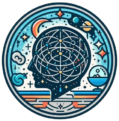
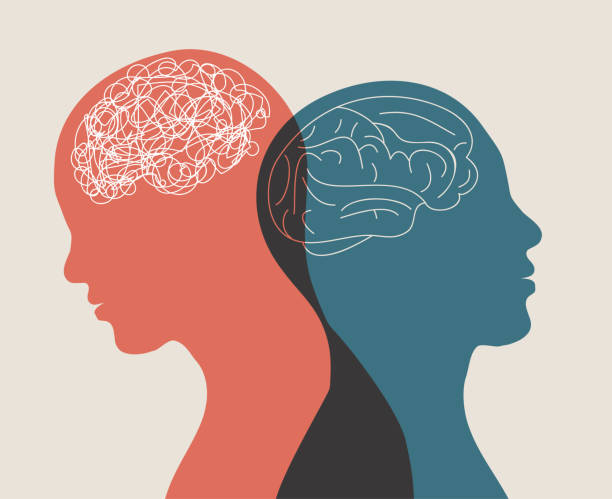
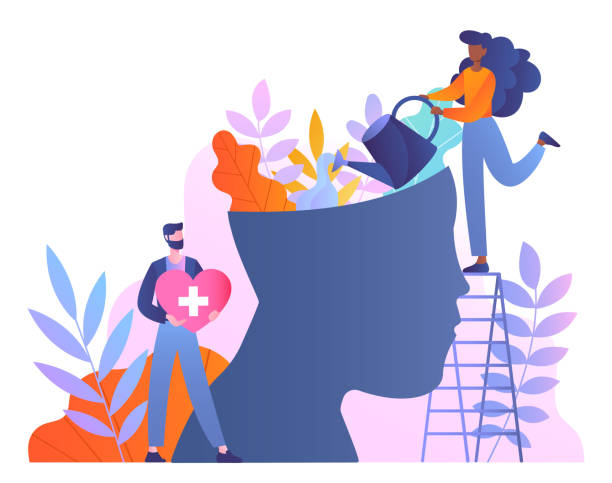
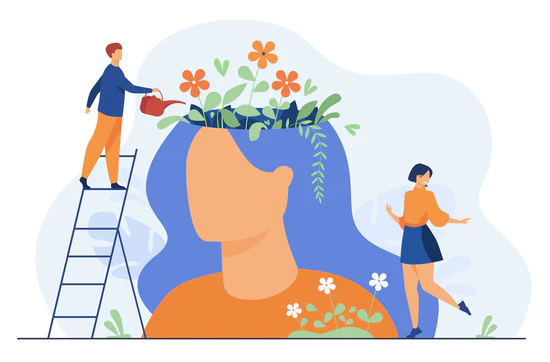
Pingback: Mental Health Day 2025: Powerful Solutions for Services During Crises and Emergencies - PsychUniverse